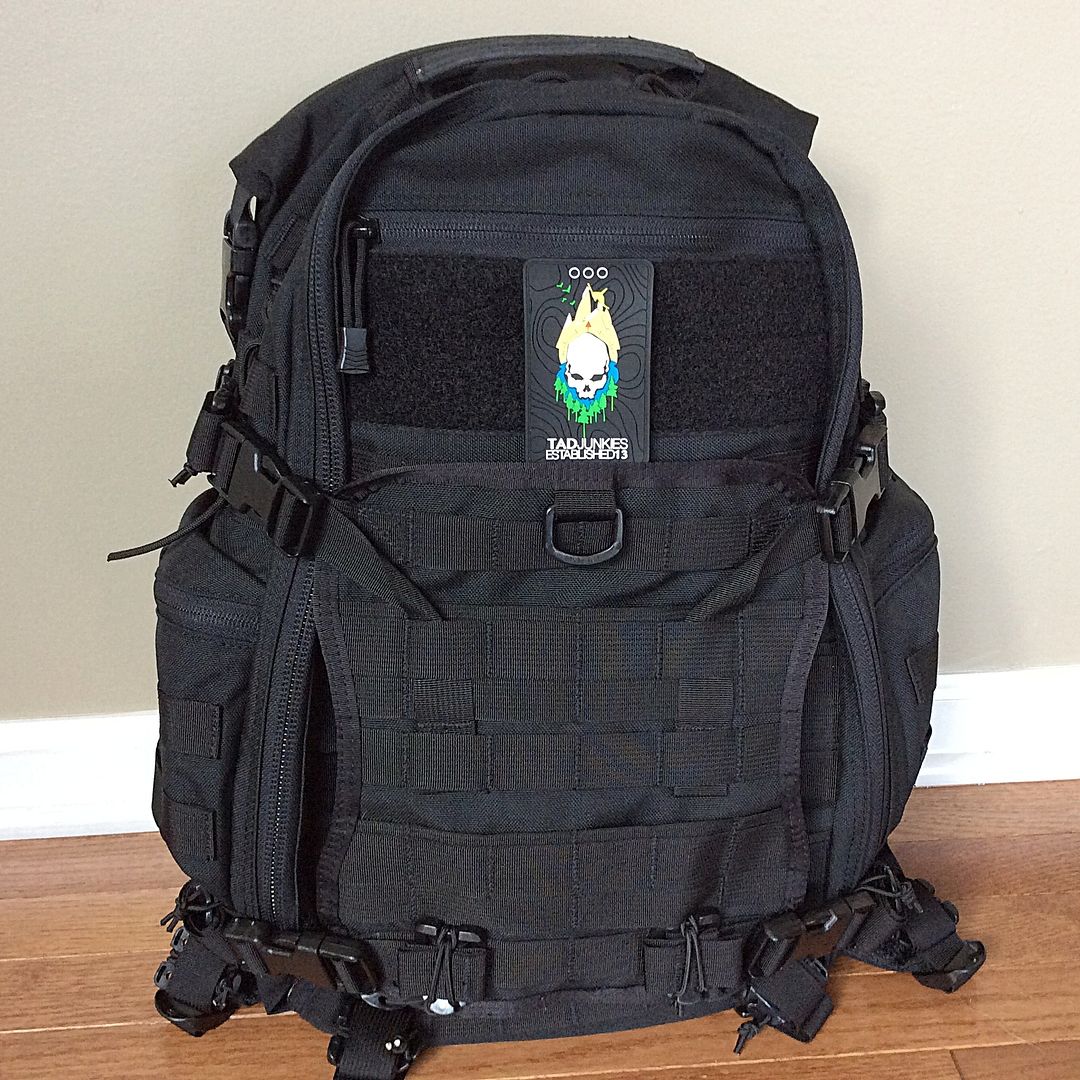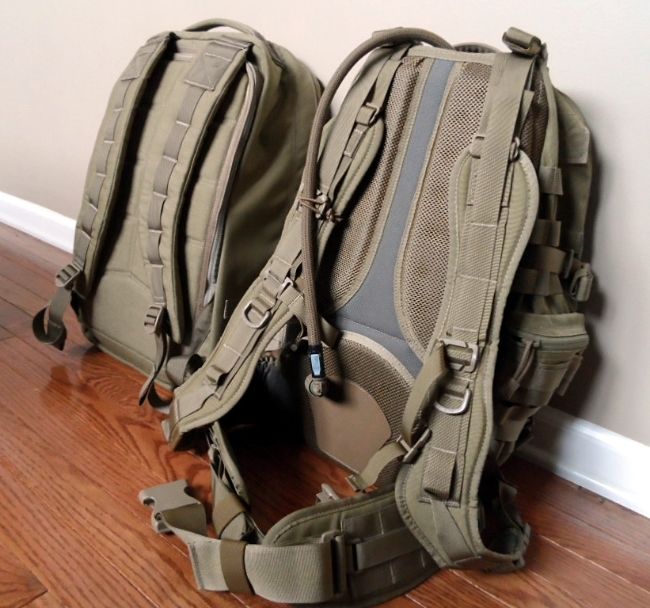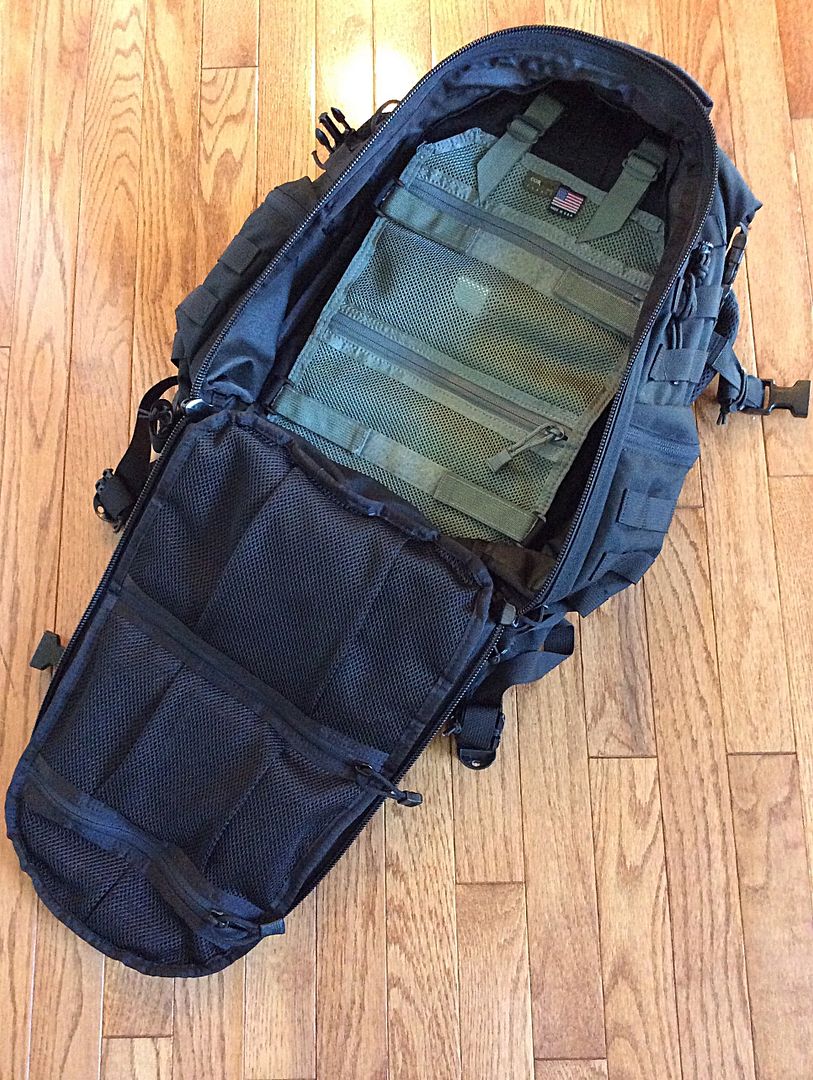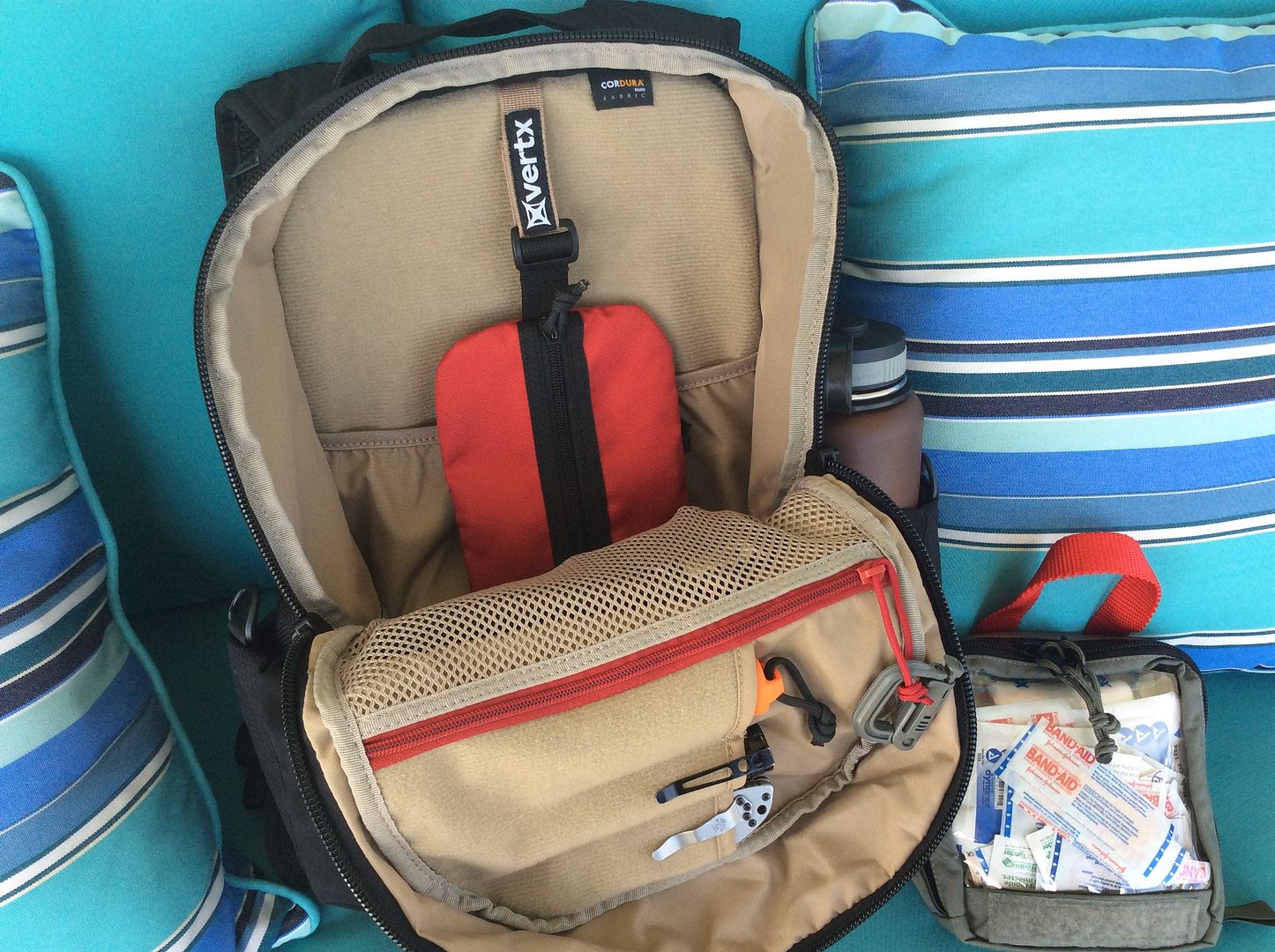Editors Note: I wrote this review quite some time ago on “that other forum” and I’m re-publishing it here. I only mention this because the photography isn’t up to my current standards. But hopefully, anyone considering this pack will find some value in the review.
——–
I’ve had a lot of requests to review the 5.11 All Hazards Prime Backpack. I’ve been a long time fan of 5.11 Tactical because they build products that are good quality at a very competitive price point. Also, most of their pack designs are built and refined based on feedback from First Responders (Police, Fire, EMP’s, etc.) who spend long hours in the field and so the layout and ergonomics usually reflect that. Everything generally has a purpose and makes sense – which is not something I can say about every manufacturer I come across.
![5.11 All Hazards Prime Backpack]()
5.11 All Hazards Prime Backpack
With that said, I blinked twice when I saw the $209 price tag; especially considering that the RUSH 24 retails for $149 and street prices generally come in under $100. Is the All Hazards Prime that much better than the iconic RUSH? Does it still represent the value that the 5.11 brand is known for? That’s what I set to find out.
For part of this review, I decided to take the AHP on a “Twilight Ops”, which in this case is an early evening hike. The weather here in Chicago has been sketchy at best and I was determined to test the wear-ability of the pack by taking it on the trail loaded up with some essentials and a full water bladder.
![]()
It was a great day. The leaves are changing here in the Midwest, but it’s still warm enough to hike without a second layer. Of course, that will all change here in the coming weeks!
In my opinion, the AHP is very tactical looking pack – even more so than the RUSH 24. Myrddraal, who is a member on a forum I used to frequent, loaned me this pack to review in 5.11’s Sandstone color. I think it would be more understated in black, but even then the amount of external molle and loop patches, the beaver tail, and various straps give it a very military appearance. That can be good or bad depending on what appeals to you and your philosophy of use. Note Myrddraal included the tier straps so what appears to be lower compression straps don’t come with the AHP out-of-the-box.
As you can see, the AHP has good strap management. Every loose strap has an elastic keeper to keep things from flopping around, which I really like because you don’t have to make a separate (albeit small) investment in Web Dominators. Again, 5.11 pays attention to the little details.
![]()
All of the interior compartments of the AHP open nearly flat for full access. The interior web platform is hi-vis orange which provides a nice contrast to pick up visually anything stored there. I threw a couple of pouches on there for this hike including a Tactical Tailor Fight Light Enhanced Admin pouch and a Maxpedition 5″ phone holster. As you can see, the panel is large and I could have fit more molle gear there if desired. The panel is laid out horizontally, which threw me at first. But, it’s designed that way so you can swing the pack off one shoulder and get to what’s inside more quickly. That works in theory, but I found that a little awkward because the upper compression strap attached to the beaver tail has to be undone to get into the compartment. The same is true on the RUSH 24, but due to the presence and intent of the web panel, I thought it was worth mentioning.
![]()
Another small issue is I noticed a lot of loose threads here and there on the molle stitching. You can see them better in the picture below. Not a big deal – you can trim or burn them off. But, it’s not something I’m used to seeing a lot of on 5.11 gear.
Also, and this is just personal preference, I would have rather had a large loop panel in lieu of the molle here. There is plenty of hook and loop gear out there now including some very good holsters, which would have made this a decent platform for concealed carry. A loop panel would have also added some more structure to the platform as it backs to the main compartment and not the back panel. But, as configured, the web platform still provides extra storage and versatility that other packs lack and so I’ll take it when I can get it.
![]()
The other side of the compartment has two mesh pockets, which have tabs so you can label what’s in there to keep everything organized…
![]()
The cool feature, which 5.11 added with the All Hazards Prime, is the ability to remove the pouches from the pack. They are attached with hook and loop to the panel and I found this to be a very useful feature – especially if you use them to store a FAK or other items that you need to pass around to others in your party. Even if that isn’t the case, it’s still really convenient to remove the pouch to get to the items inside so I hope this is something 5.11 incorporates into their designs going forward.
![]()
5.11 advertises that the AHP has a “padded” tablet and laptop sleeve. Indeed, the main compartment has a sleeve for a tablet on one side and a larger elasticized pocket on the other side, which could be used for a laptop. But, neither has any protection other than the tablet sleeve backs to the web platform which does have what feels about a 1/4″ or maybe a 1/2″ of foam padding built into it. Contrast this to 5.11’s COVRT 18 where the laptop sleeve actually has padding built-in.
To be clear, you can carry a laptop in the AHP. The RUSH 24 doesn’t have a padded sleeve either and I know many individuals who opt to carry their laptops in it’s main compartment. But, I think it’s a little misleading for 5.11 to advertise that the AHP has padded compartments when it truly doesn’t.
![]()
For this outing, I just carried my fleece pullover in the laptop sleeve. Behind it, the AHP does have a removable rigid frame sheet. This did help the pack carry better – especially with a full 100oz water bladder in the hydration pocket. It also helps prevent the hydration pocket from bulging into the main compartment and stealing capacity when full.
![]()
Up top, the AHP has a nice large padded grab handle – similar to the COVRT 18. The front features loop panels for a name tape and other patches if desired. They are molle backed so there isn’t any wasted space, which is important if you opt to attach a large organizer pouch to the beaver tail.
![]()
One other nice feature of the RUSH and AHP 5.11 packs… they are free-standing. It helps with access. I wish more packs were that way.
The soft material lined valuables pocket behind the grab handle is huge. I stored my Hazard 4 Mil Pod glasses case in there with room to spare and it isn’t small. 5.11 also improved the design by ensuring it’s fully padded and doesn’t flop around in the main compartment (reference the above pictures – it’s located above the tablet sleeve).
![]()
One more interesting feature. There is a pocket running horizontally along each side of the pack with a velcro strap keeper that is removable and ambidextrous (unfortunately not pictured, it was located on the other side). This could be used to secure any number of things like hiking poles, a tripod, or an umbrella in an urban environment.
![]()
The yoke configuration on the AHP is the same as the RUSH 24 but the straps are slightly wider. 5.11 added a mesh material on the back of the padded areas and straps to help with breath-ability. I found the material they used to be pretty rough against my body, but my concern about that ebbed as the pack broke in. It certainly wouldn’t be an issue even out of the gate if you wore it over a shell.
The chest strap helped stabilize the pack and it was relatively stable overall for a pack lacking a waist belt. It does have clips to attach a 1.5″ waist belt and you can adjust and/or remove the chest strap if so inclined. Overall, I’d say the pack carries very similar to the RUSH 24 due to the yoke system and that’s a good thing.
![]()
The hydration pocket is large enough to accommodate a Source WXP 3L Storm Bladder (pictured) or I believe a 17″ laptop (I’ll test that theory later). It has a strap to hang and stabilize the bladder, but I’m not going to lie – I did feel the bulge from the 3L Storm on my back at the beginning of the hike. Once I drank about a third of it, I didn’t notice it as much. There is a grommet at the bottom to drain away water if your bladder ruptures.
![]()
If you intend to carry a laptop then you have a couple of options. Below is my 14″ Thinkpad T420 in the main compartment’s laptop sleeve. The T420 measures 13.4″ X 9.17″ X 1.20″. As you can see, it fits with room to spare.
![]()
Here is my wife’s 15.4″ widescreen Hewlett Packard Pavillion DV6000 which measures 14.05″ X 10.15″ X 1.57″. Still room to spare. I suspect a 17″ will fit in there depending on the dimensions.
![]()
The AHP’s Beaver Tail can expand to carry a ridiculous amount of gear. I have it unclipped here, but you get the idea. It is not removable as it is attached to the pack at the bottom.
![]()
Here is the AHP’s Admin Panel, which is located in the Beaver Tail. Four pen slots, one larger slot in the middle for a knife or multi-tool, and two larger sleeves on either side. Two open pockets behind that and a couple of key keepers.
![]()
This is just personal preference, but I still like the RUSH 24 admin pocket better. The two sleeves with retaining straps are great for securing larger items like a FAK or Maxpedition Pocket Organizer. Not sure why 5.11 eliminated them from the AHP, but it’s not an improvement IMHO. They also eliminated the long sleeves on the panel, but that’s a wash since you can also store items in the AHP’s Beaver Tail. I also like the interior zippered pocket on the RUSH 24 versus having a second open pocket.
![]()
I close with some comparison shots of the All Hazards Prime and RUSH 24. The old saying goes “beauty is in the eye of the beholder” so I will leave it up to the reader to decide which pack is the best in show…
![]()
![]()
![]()
The 5.11 All Hazards Prime is not the perfect EDC pack but it’s a nice alternative to the 5.11 RUSH 24 if you’re partial to the brand and want something a little different for your carry. That said, you’ll pay more for the AHP than what you’re used to paying for 5.11 gear and when you get into that $200+ range, they are a lot of excellent packs from high-end manufacturers that I would consider before investing in the AHP. As always, your mileage may vary.
The All Hazards Prime retails for $210 and can be purchased from 5.11’s website and from other retailers where 5.11 gear is sold.
The post 5.11 All Hazards Prime Review appeared first on .


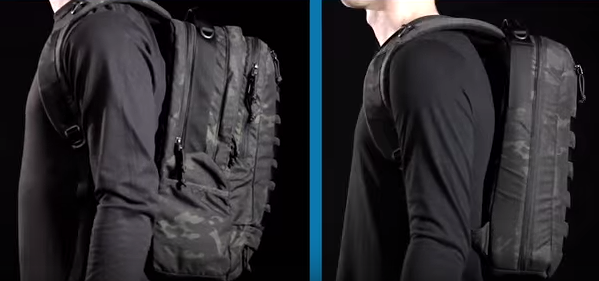
















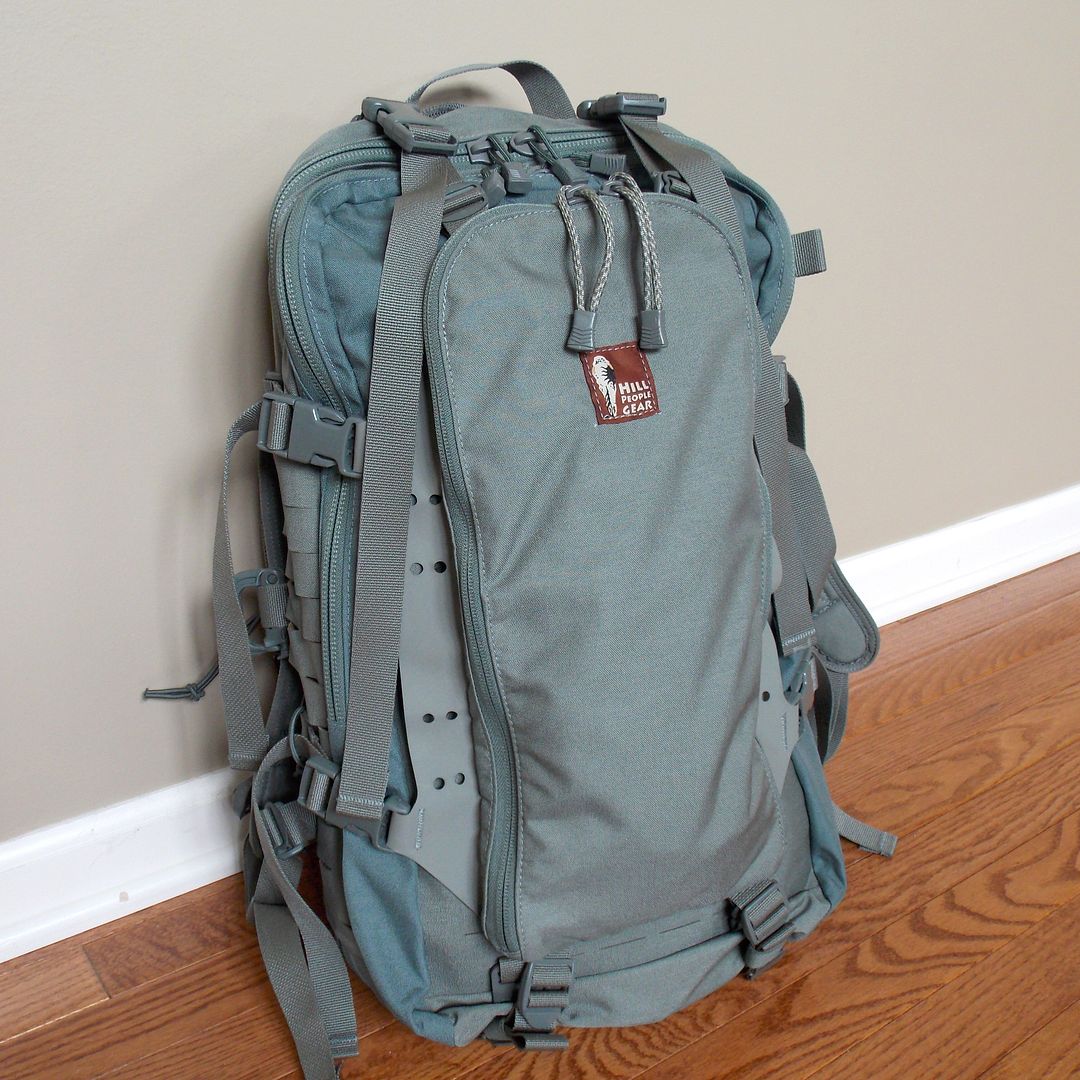
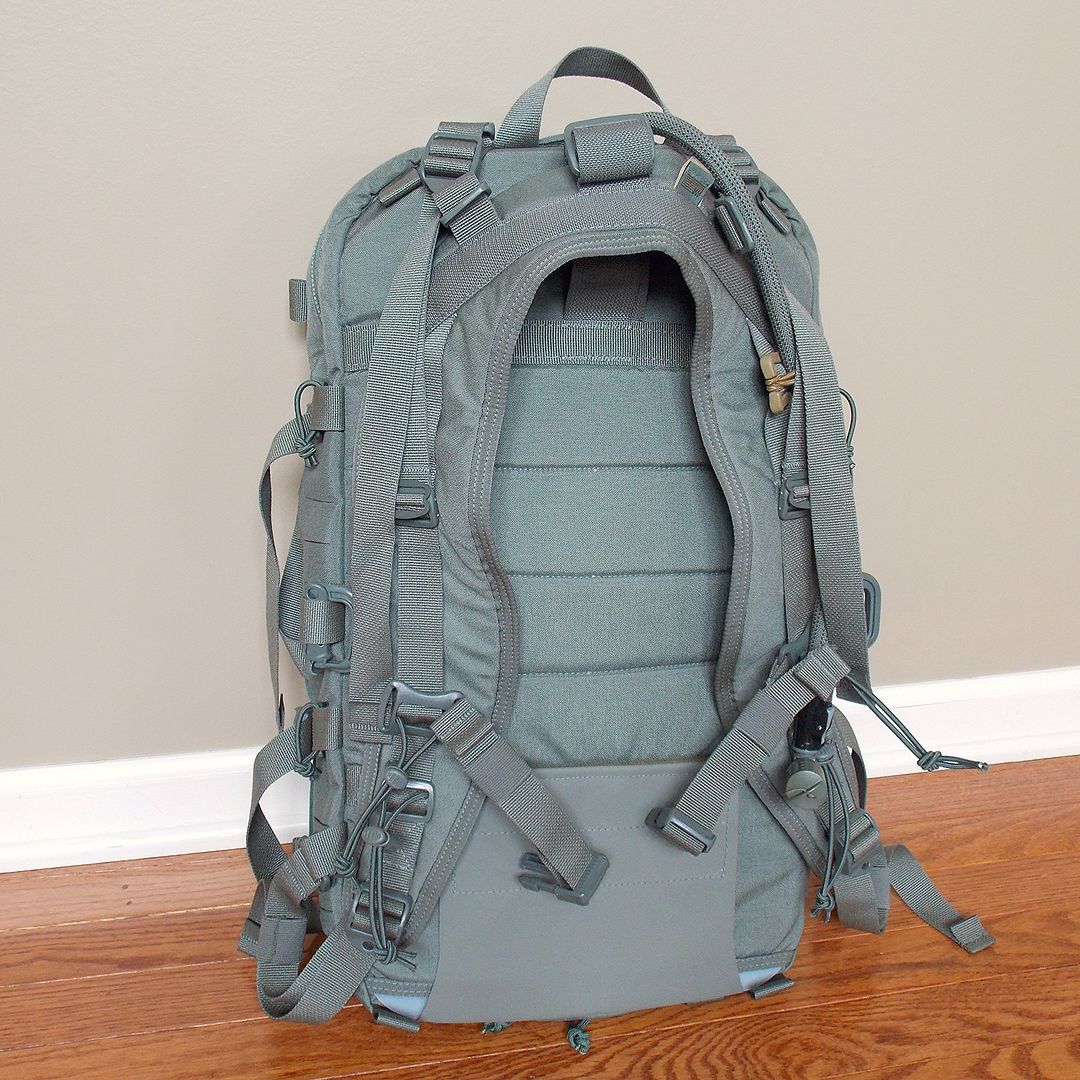




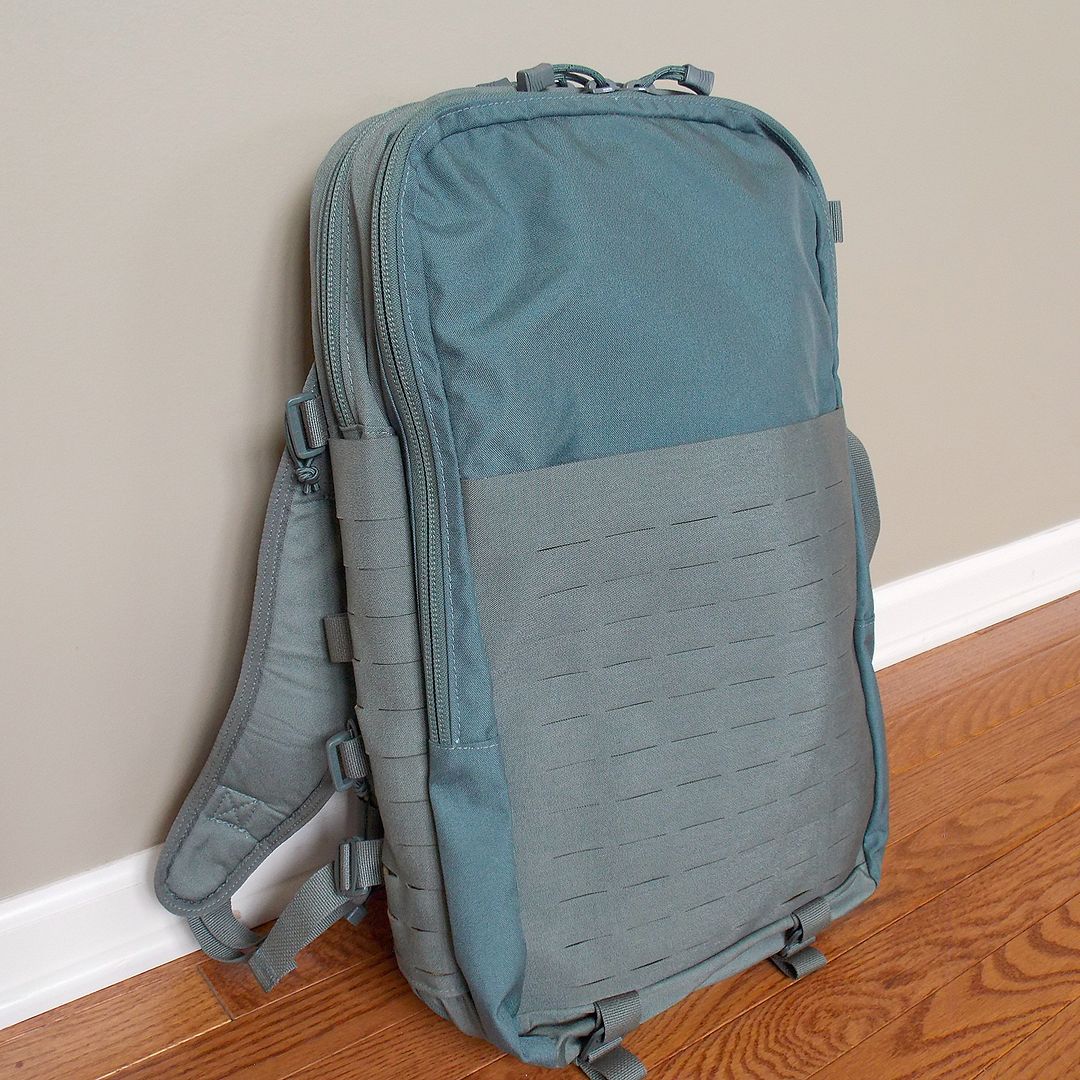

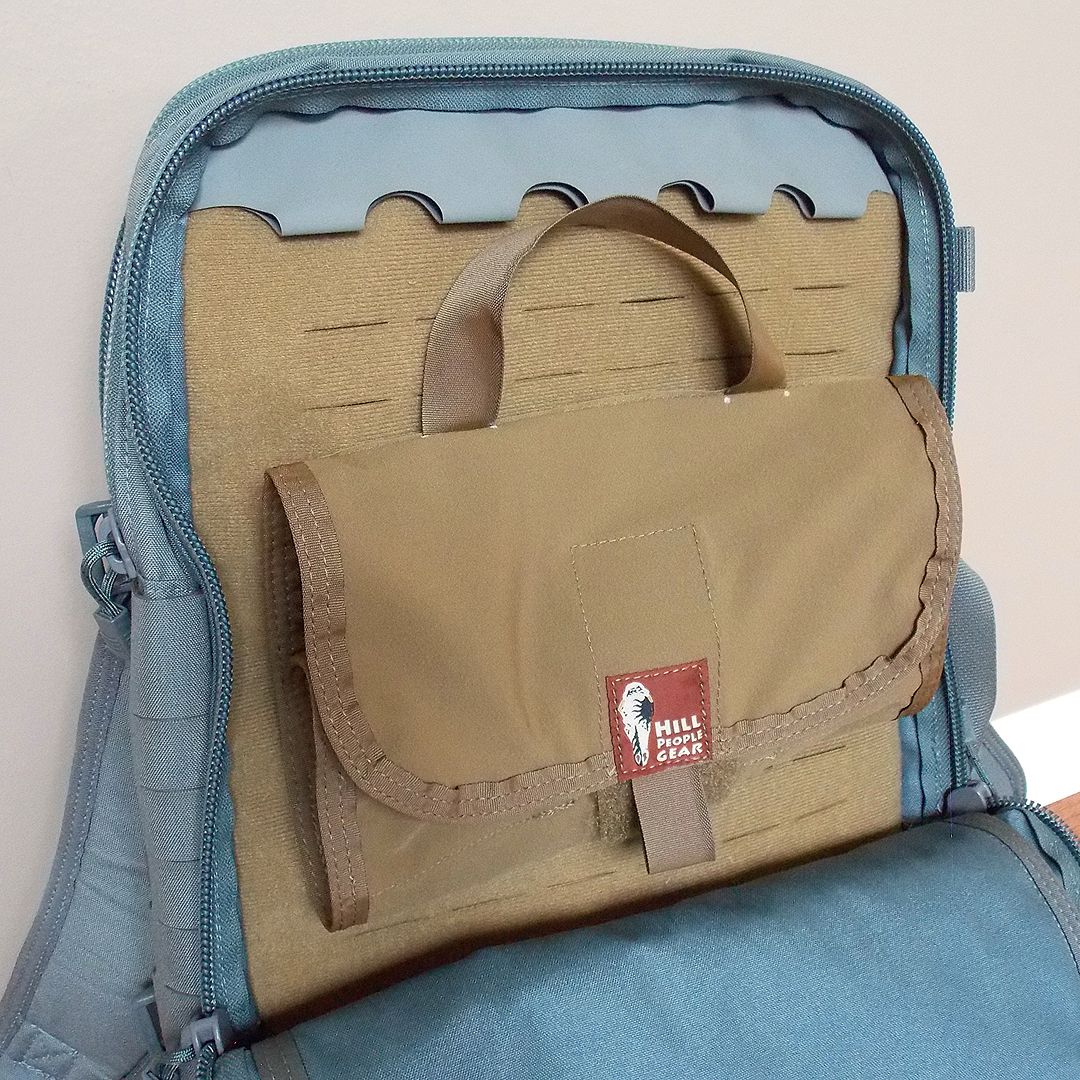
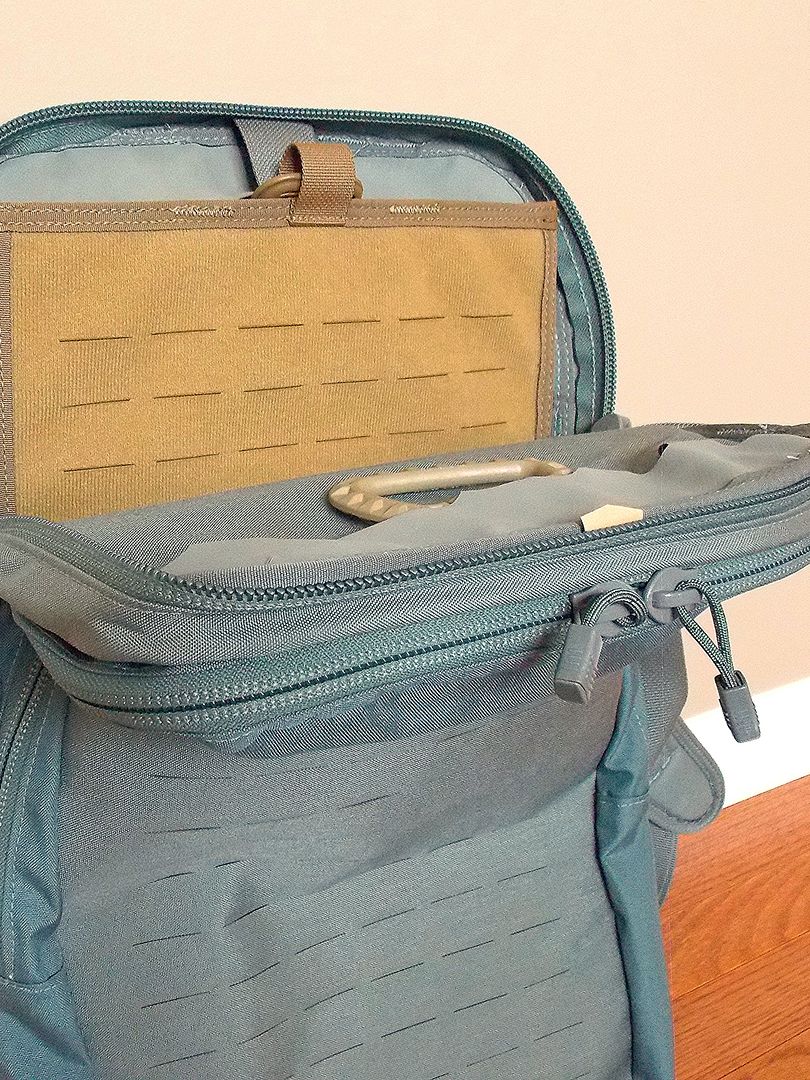





















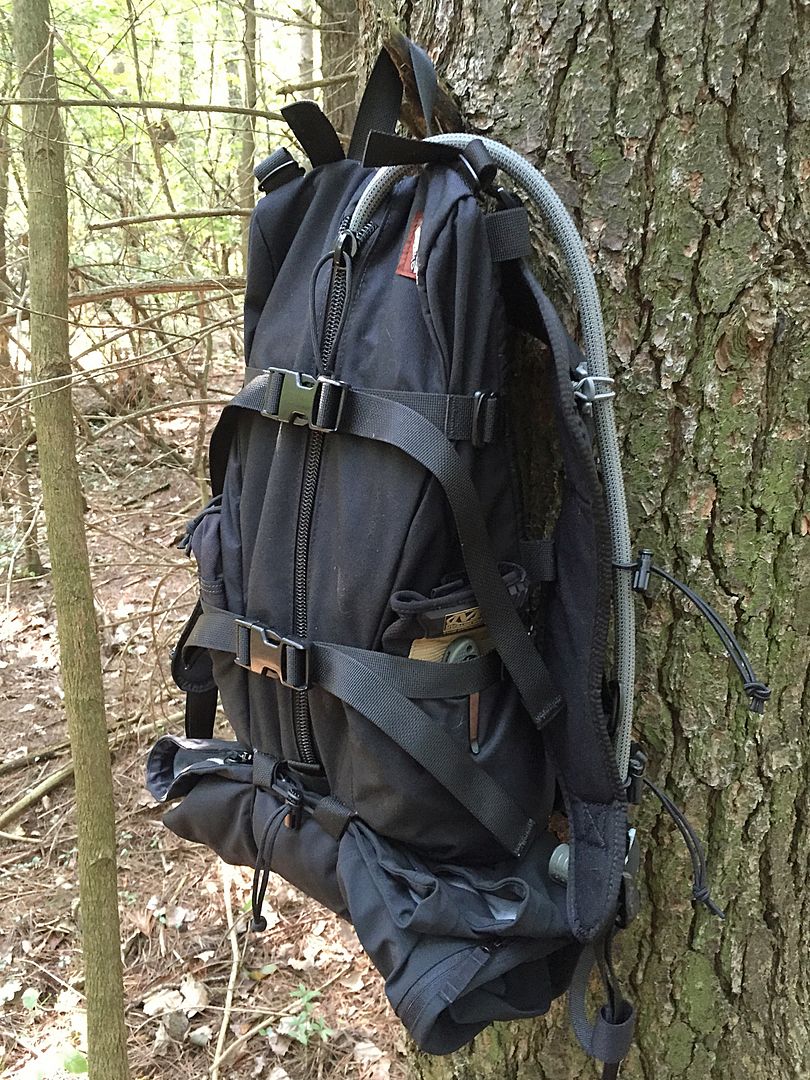


















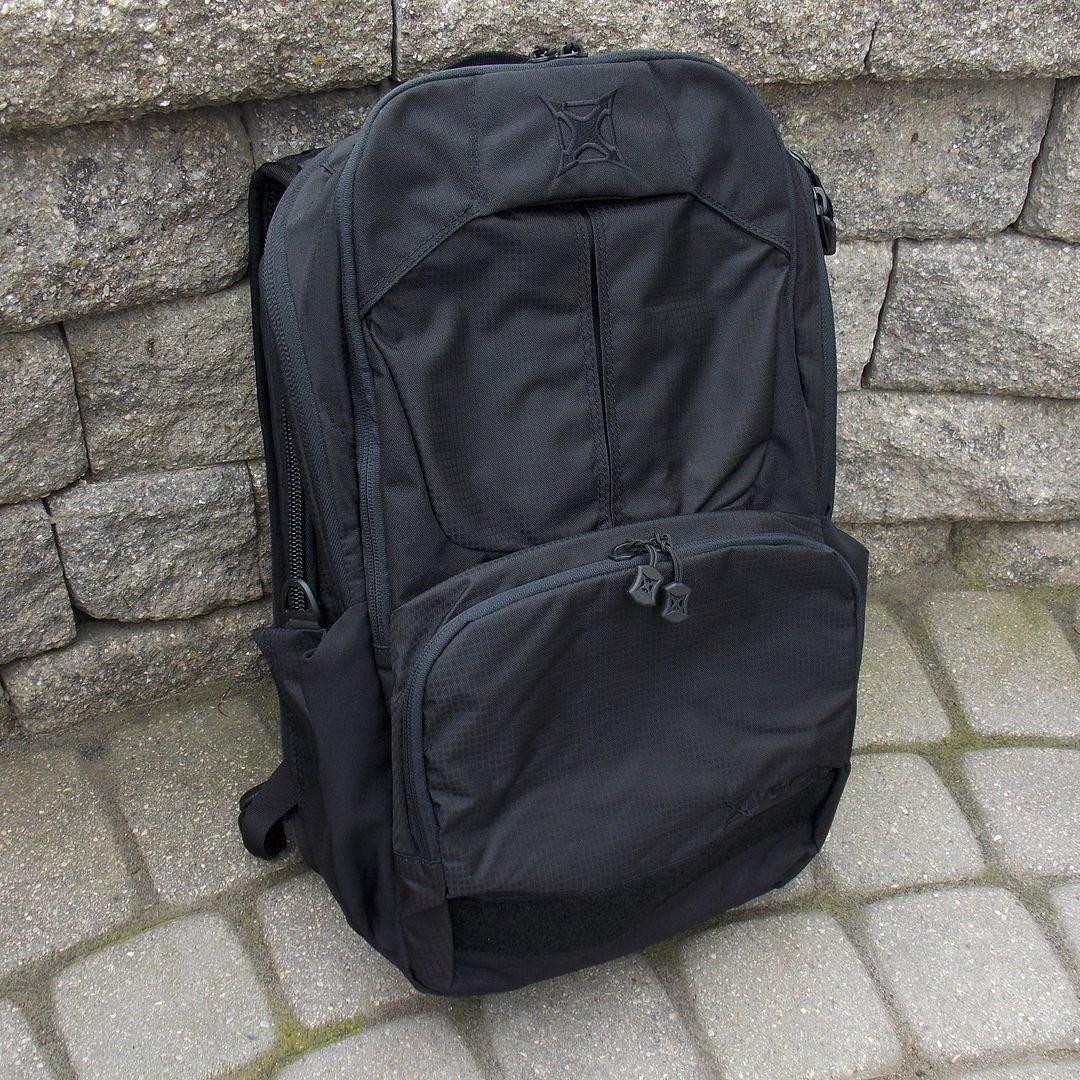
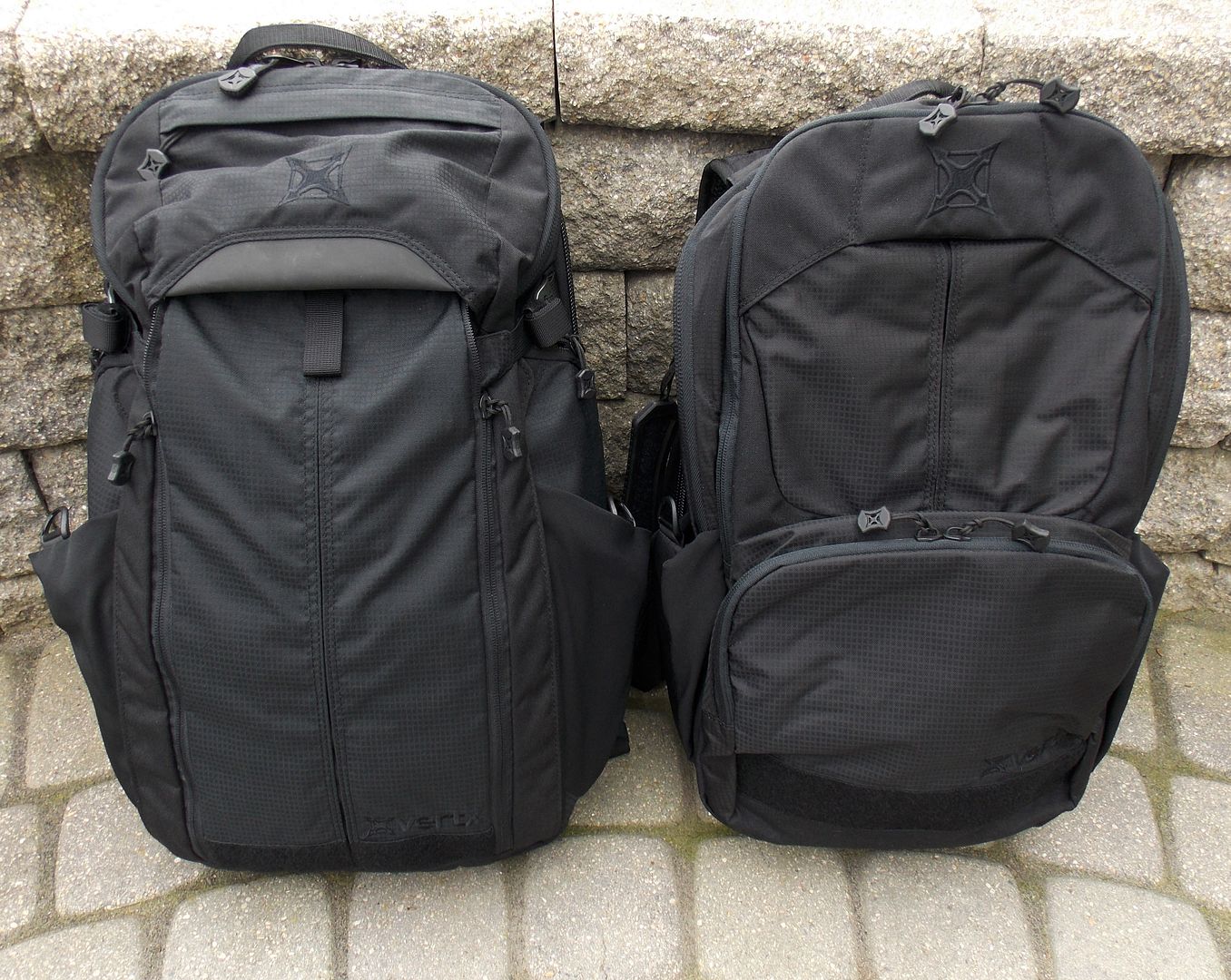












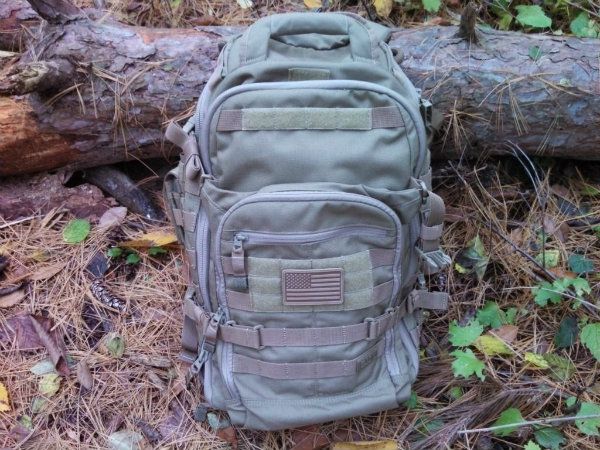





















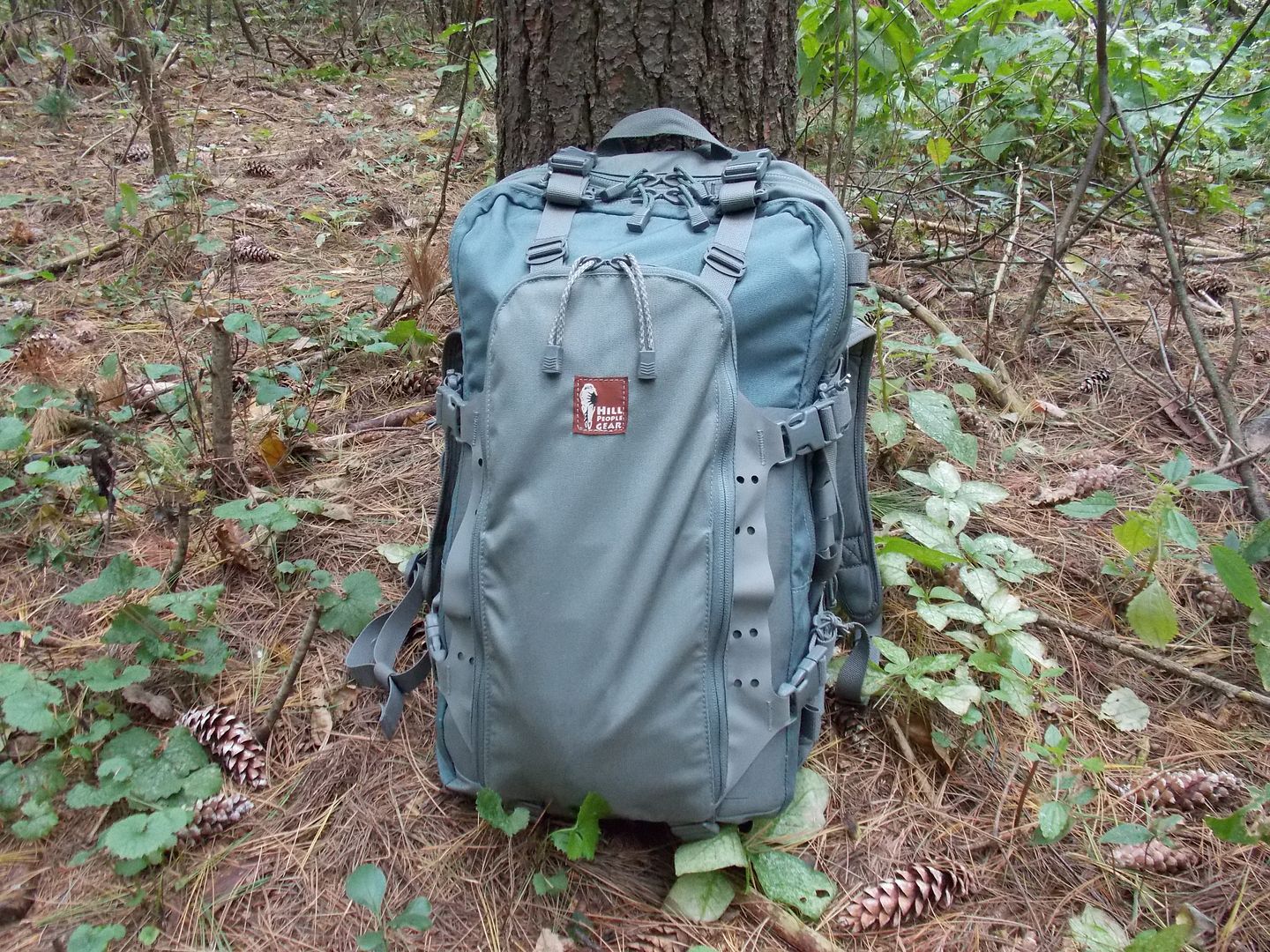












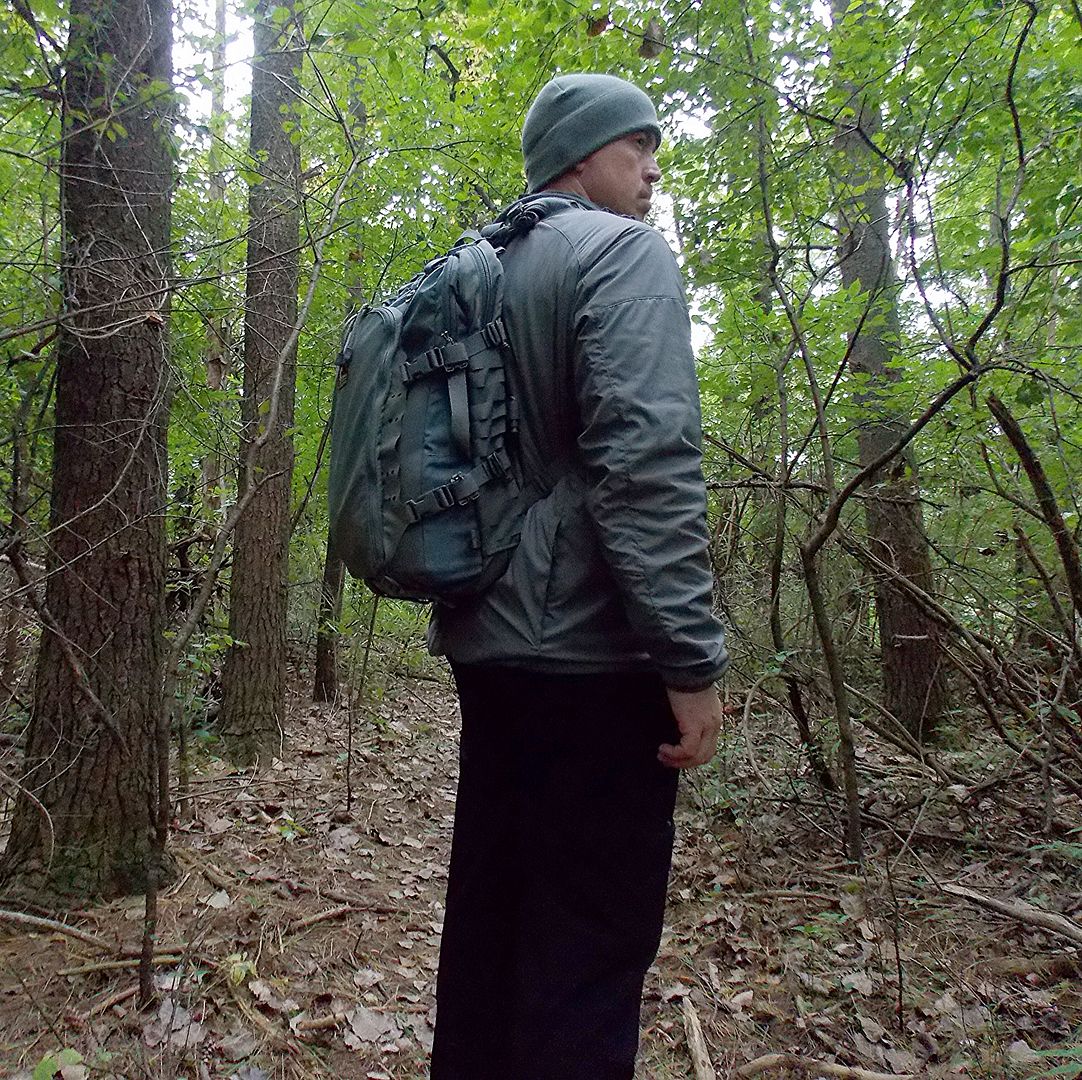









 If you have to size up, it does help that the bottom of the jacket can be adjusted via a shock cord/cord lock setup.
If you have to size up, it does help that the bottom of the jacket can be adjusted via a shock cord/cord lock setup.




